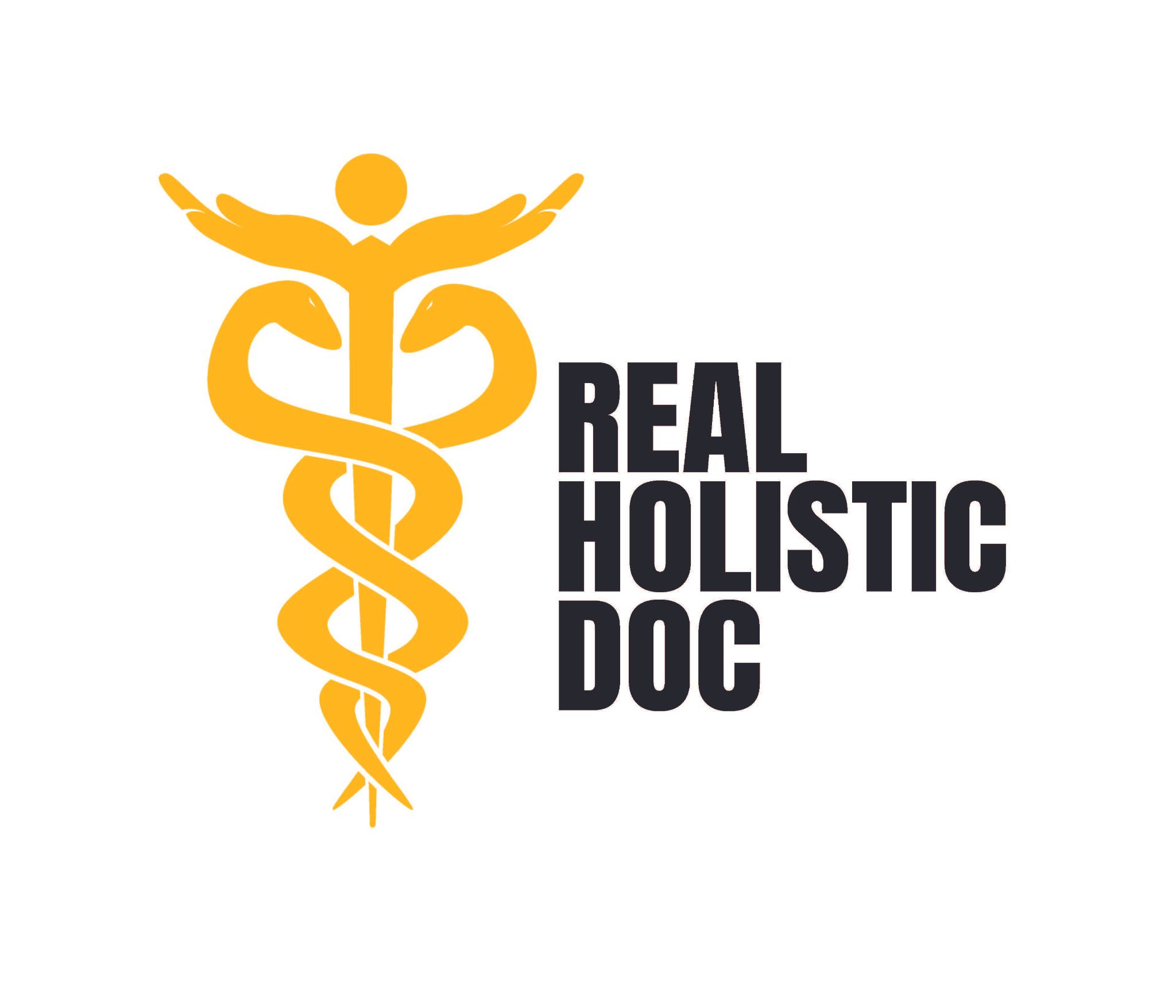In the past few years, HS-CRP has emerged as the single most sensitive indicator of the risk for atherosclerosis, acute coronary artery disease, hypertension and even atrial fibrillation. And HS-CRP is consistently more indicative of the risk of atherosclerosis than total or LDL cholesterol.
Of course this broad indicator of inflammation is not restricted to atherosclerosis, as it is found in rheumatoid arthritis, macular degeneration and colon cancer, as well as a number of other diseases. Even in patients with ruptured lumbar discs, higher levels of HS-CRP are associated with poorer outcome after surgery.
The inflammatory reaction may be initiated by many different factors. High-fat diets, smoking, obesity, high glycemic loads, metabolic syndrome, high-stress lifestyle, elevated levels of homocysteine, and aging have all been correlated with elevated HS-CRP. And a variety of infectious agents have been co-factors: viral infections, periodontal disease, Chlamydia pneumoniae, and Helicobacter pylori. Total body fat is one of the strongest factors influencing HS-CRP. And even anger, hostility and depression can elevate CRP!!
Dietary factors are also significant in HS-CRP levels.
After controlling for body mass index, smoking, alcohol consumption, exercise and total caloric intake, individuals with the highest intake of fiber in the diet had the lowest HS-CRP. Saturated fat, although important, is less a factor than fiber.
A high intake of sugar and high glycemic foods is particularly dangerous, perhaps at least partially because they are low in fiber. In general, higher intakes of fruit, vegetables, legumes, fish, poultry and whole grains are protective.
The usual American diet, high in meats, sweets, desserts, French fries and ”refined” grains, contributes to the inflammatory process.
Interestingly, honey has the opposite effect of sugar and fructose. Honey has striking anti-inflammatory effects and even lowers triglycerides.
Neither current nor previous year physical exercise appears to affect this inflammatory marker. Subclinical hypothyroidism, as diagnosed by slightly elevated TSH levels, is also associated with increased HS-CRP. Of course, blood studies of TSH show subclinical hypothyroidism in only 19% of young adults, whereas low body temperature, found in 90% of Americans, may be a more accurate reflection of hypothyroidism.
Interestingly, a low intake of vitamin B6 is also associated with high HS-CRP. In a study done by me, 80% of smokers and 35% of non-smokers had deficient blood levels of B6. I have not found a study of B6 blood levels in patients with high HS-CRP.
Treatment of elevated HS-CRP has been almost exclusively reported with the statin drugs, a very risky endeavor, in my opinion.
Statin drugs are associated with marked muscle weakness, damage to the heart muscle, brain deterioration, liver damage and loss of one of the most important protective nutrients, Co-Q 10.
Non-steroidal anti-inflammatory drugs, including aspirin, have no beneficial effect on HS-CRP and may increase hypertension.
Eight ounces of red wine daily leads to HS-CRP reductions of 21%. But a decrease from 3mg/L to 2.4 mg/L is not adequate for serious reduction of coronary artery disease.
”Average” levels of HS-CRP are reported as 1 to 3 mg/L. Of course, ”average” is hardly desirable, considering the fact that the most common cause of death is coronary artery disease! Each quartile of increase in HS-CRP levels increases the risk of a heart attack. The safest level is well below 1mg/L of blood. In subsequent weeks, I will report on other approaches that may reduce the most remarkable indicator of coronary disease. And they will NOT include statin drugs!
C. Norman Shealy, M.D., Ph.D. is the father of holistic medicine. He recommends autogenic focus (the basis of the Biogenics System) as part of your commitment to self-health and relieving depression. Register to download your FREE autogenic focus MP3 now.
